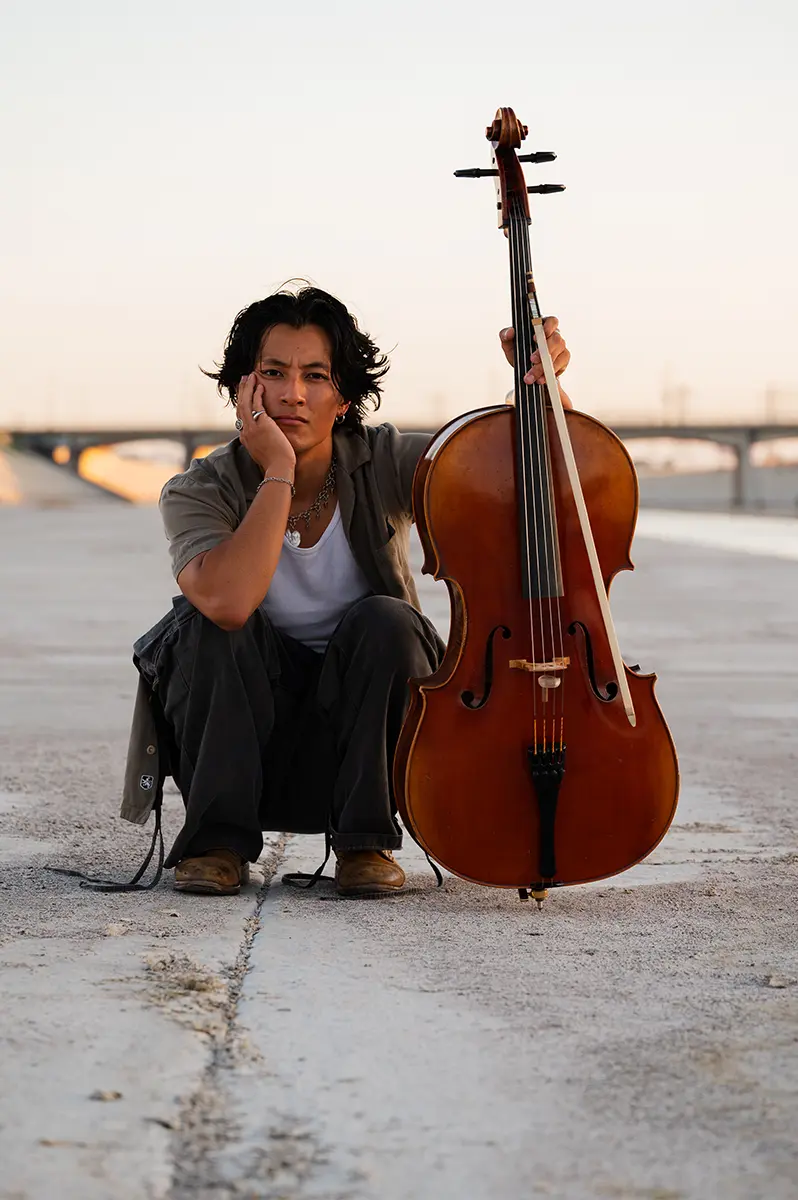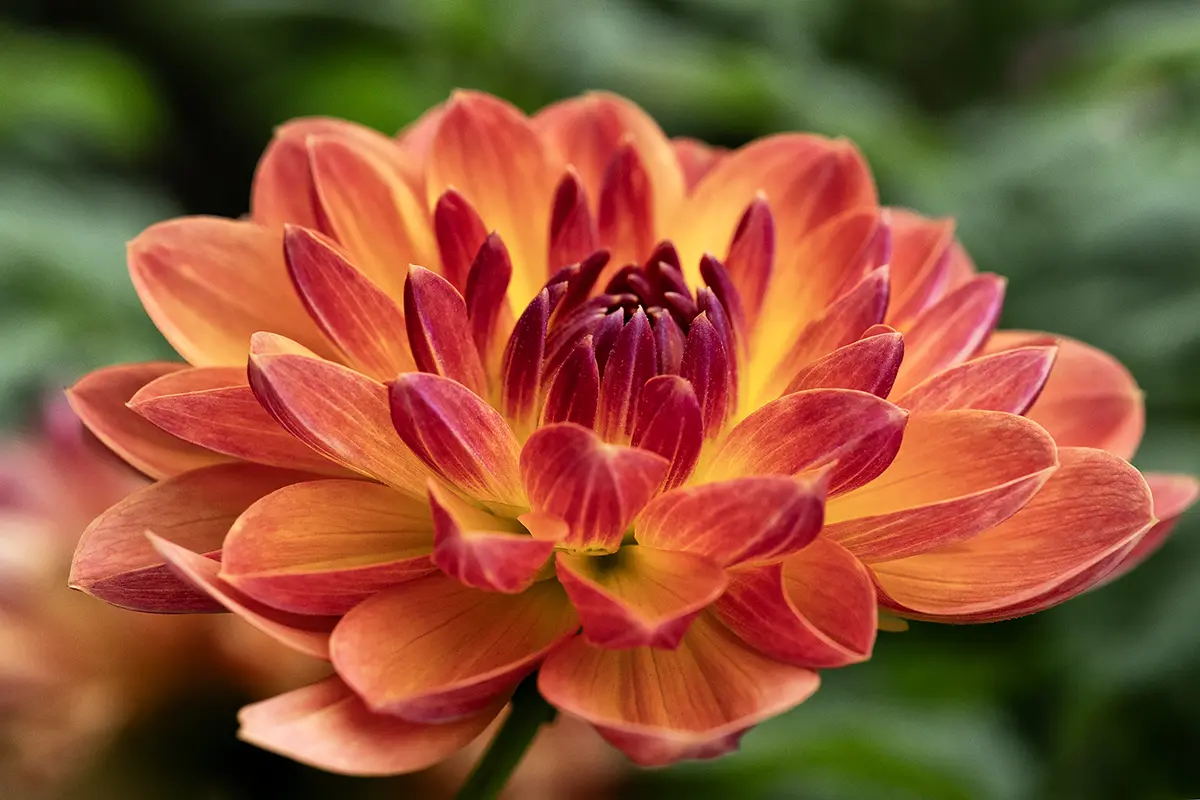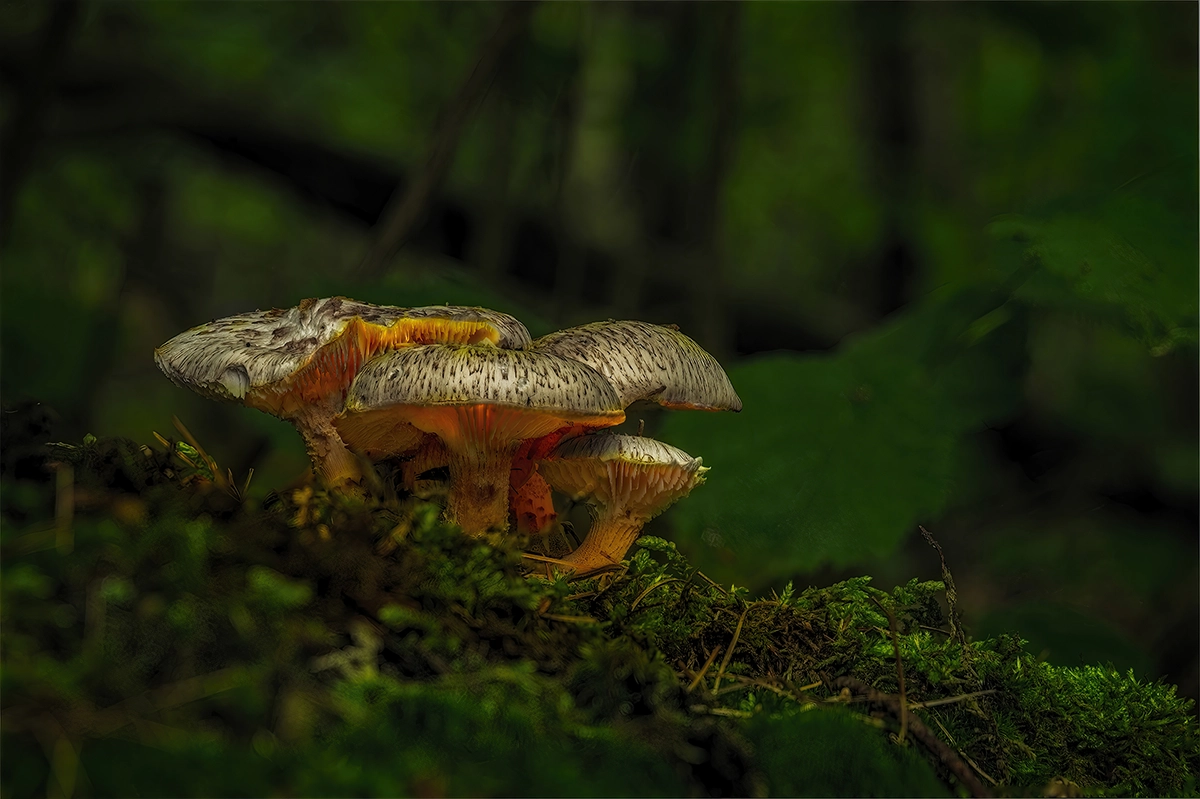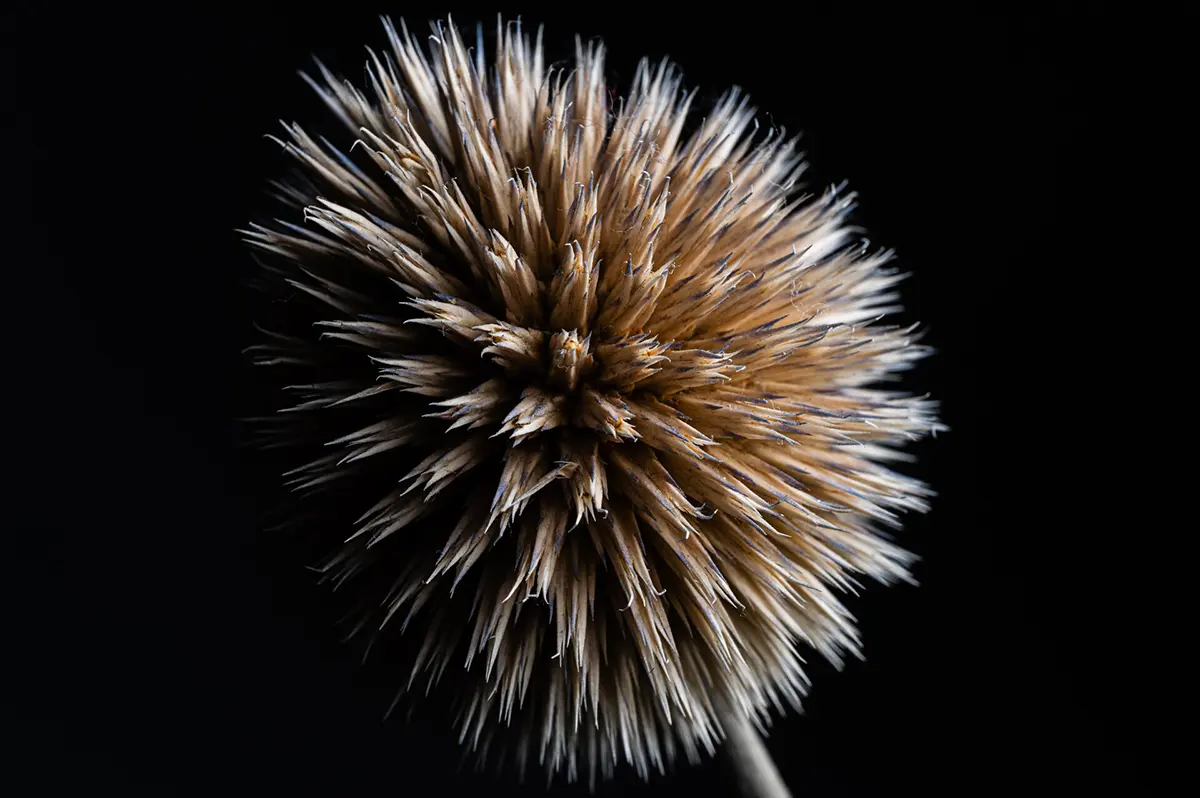
From Petals to Portraits
Julian Lee’s Tamron 90mm F2.8 macro lens offers him new ways to express his creative vision.
Author: Jenn Gidman
Images: Julian Lee
Share Article
Julian Lee’s Tamron 90mm F2.8 macro lens offers him new ways to express his creative vision.
When California-based photographer Julian Lee first picked up a camera in 2020, he was looking for a creative outlet during the uncertainty of the pandemic. But with photography already in his blood—his dad had been a wedding photographer—Julian quickly found himself drawn into the craft, taking a deep dive into everything from events images and portraiture and videography.
When Julian decided he wanted to try his hand at macro photography, he selected the Tamron 90mm F2.8 Di III VXD M1:1 macro lens to experiment with, for both a set of close-up floral photos and a series of images in his tried-and-true portraiture. Whether he was isolating the delicate details in a flower petal or capturing a subject’s expression at sunset, the 90mm F2.8, with its fast aperture and 1:1 magnification capabilities, delivered crisp, true-to-life results that matched Julian’s creative vision.
“I was excited to experiment with macro photography, but to be honest, I was apprehensive about using the 90mm F2.8 for portraits,” Julian admits. “I wasn’t sure how reactive it would be, but as it turns out, I had nothing to worry about. Its sharpness, snappy autofocus, and light weight, no matter what kind of image I was shooting, won me over.”
Read on for how Julian used the Tamron 90mm F2.8 macro lens for these two very different photo shoots.
Floral Close-Ups
For my first time attempting macro photography, I set up a makeshift indoor studio using a small coffee stand and a light rigged close to each flower. I also experimented with different backgrounds, finding that a black backdrop worked best—it gave the colors more depth and contrast, making them pop in a way they wouldn’t have against a white background.
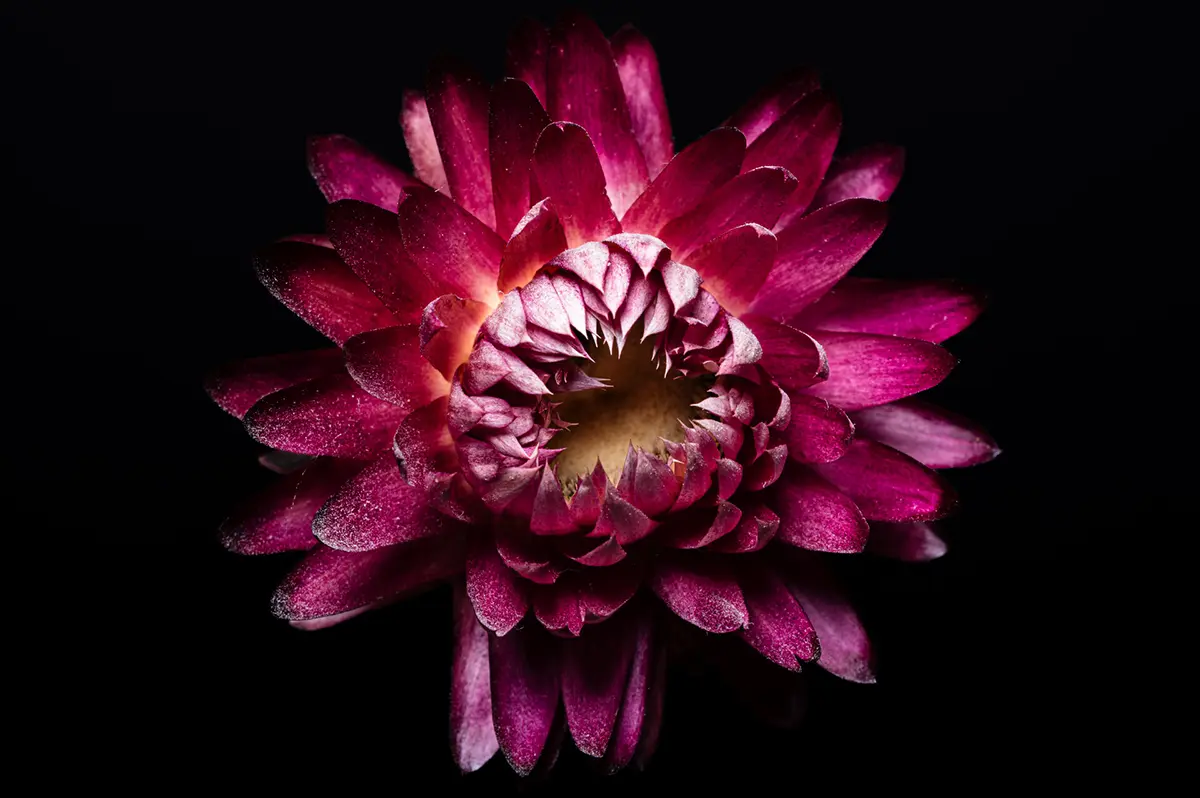
The 90mm F2.8 macro lens performed wonderfully here, allowing me to get close enough to reveal the intricate textures and details of each bloom. Because I could control the light, I focused on how that light could enhance or transform the mood of each flower.
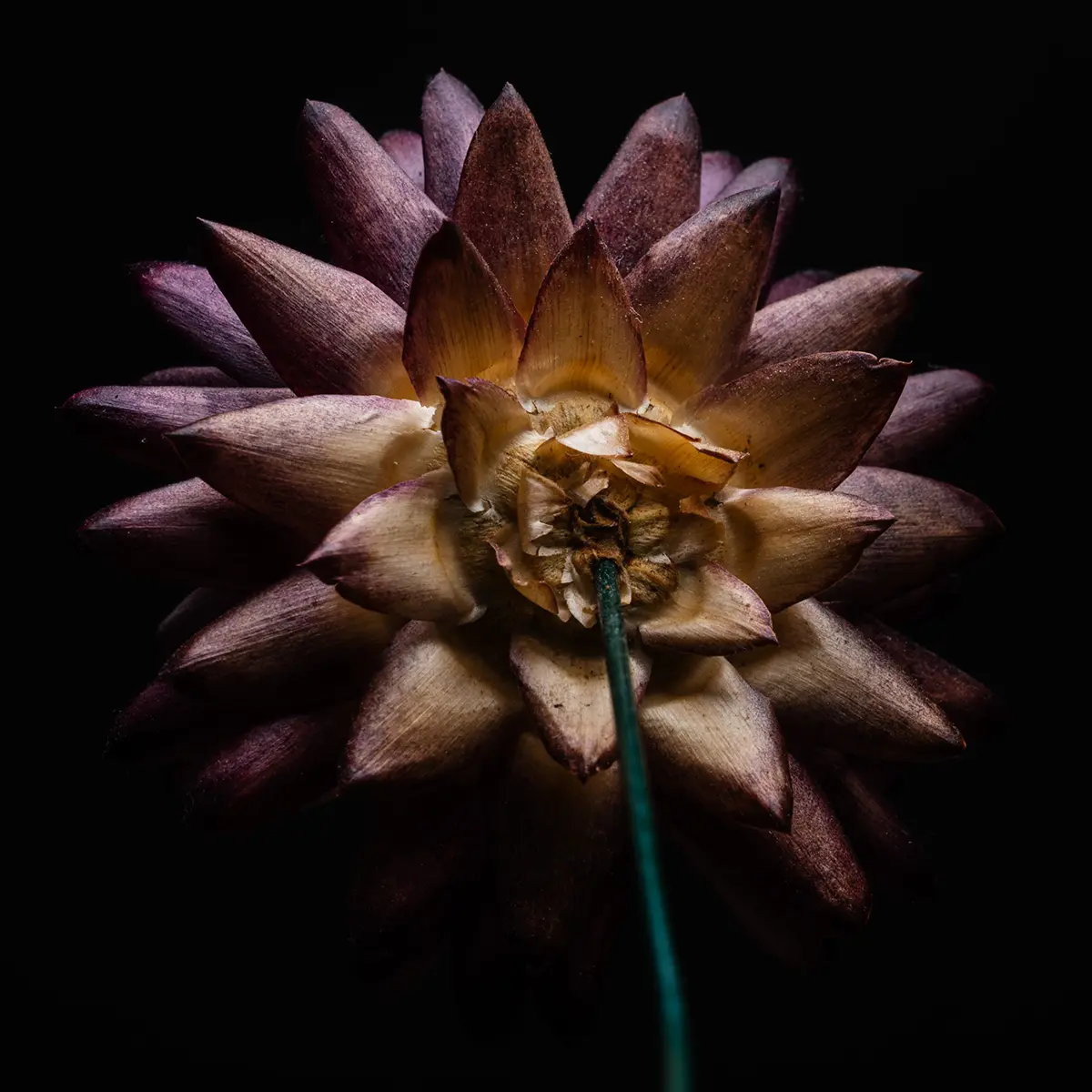
For that spiky-looking flower, I arranged my setup so that the light skimmed across the flower’s surface, creating a glow while letting the light fall off into shadow as the viewer’s eye moves to the left. For the purple flower, I tried to emphasize the depth and shape of its inner petals, the “pit” that draws the viewer in. My goal was to create dimension without overwhelming the delicate features of the flowers.
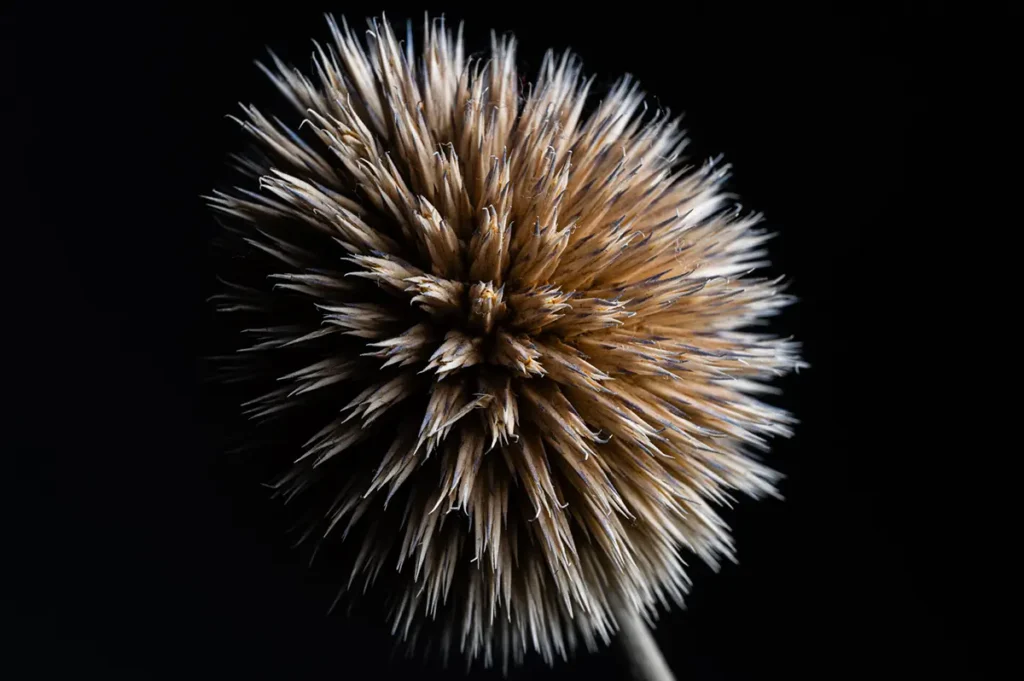
For photographers trying macro floral work like this for the first time, my biggest piece of advice is to pay close attention to the lighting. Indoors, you can control every variable, which is great for this type of work. Outdoors, however, lighting becomes trickier, so bringing an extra light source for fill or a reflector can make a big difference.
Portrait Power
When I’m shooting portraits, I try not to chase trends or overstyle my images. I prefer a naturalistic approach, and to highlight the environment I’m shooting in to tell a fuller story. That’s one reason the Tamron 90mm F2.8 works so well for my portraits—it offers me sharpness with minimal distortion, as well as allows me to include just enough of the background to give context. The focal length also feels very comfortable for me, as I usually shoot with an 85mm prime for portraits. Switching to the 90mm felt effortless here but still gave me a fresh perspective.
For this particular shoot, I photographed my brother, who’s a cellist, near the Los Angeles River at sunset. Around golden hour, the light reflects off the concrete in a really warm way. I thought it would make a perfect setting for a relaxed, natural portrait.
Because my brother is pretty comfortable in front of a camera, the session flowed easily, but when I work with people who aren’t used to being photographed, I make it a point to talk to them as I shoot and encourage them to move their bodies a bit to loosen up. One tip I always share is to focus on posture. When people are self-conscious, they tend to slouch or pull their shoulders in. I’ll have them lift their chest slightly and raise their chin just a bit. That simple adjustment makes a huge difference in how confident and open someone looks on camera.
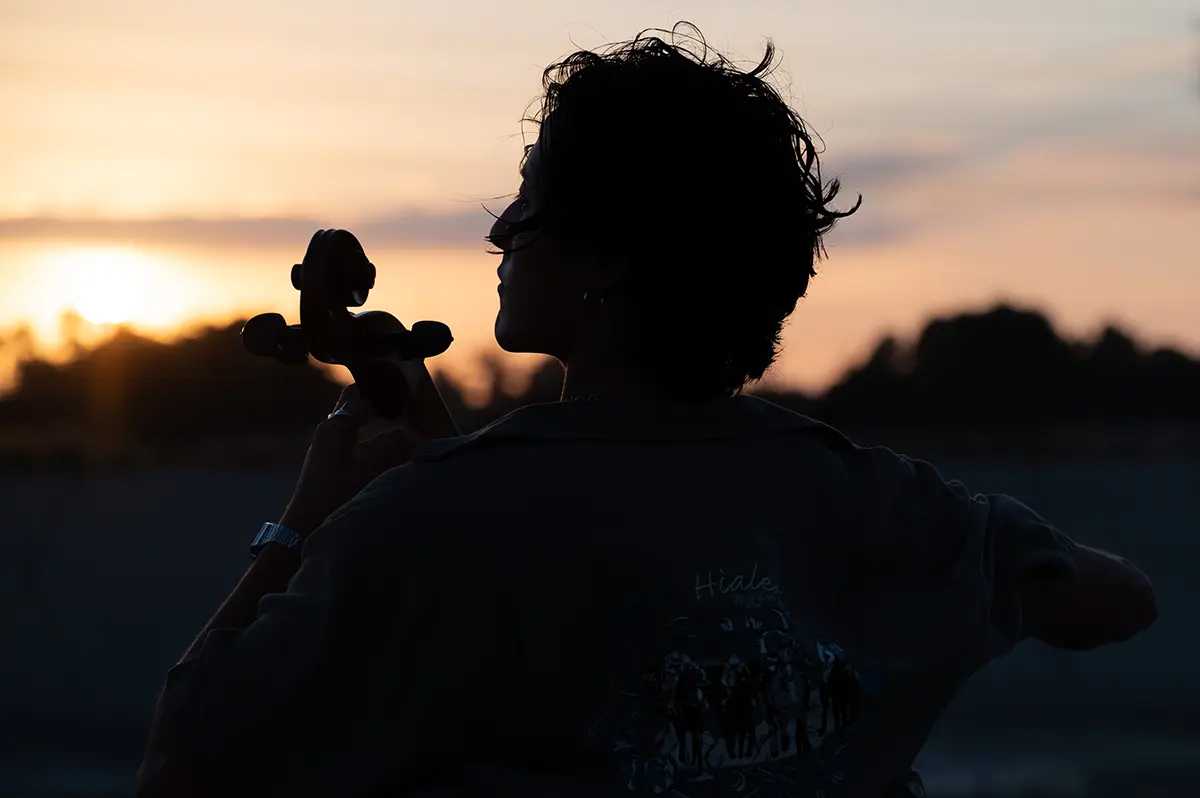
I like to shoot slightly below eye level, keeping my camera around torso height. It gives the subject a more grounded, natural presence without exaggerating perspective too much. And, when possible, I try to incorporate elements of a person’s life—like my brother’s cello—into the portrait. When my subject feels at ease, the image feels more authentic. The Tamron 90mm F2.8 lens helped me capture that beautifully.
